Michael Kors' evolution from a basement designer to a luxury fashion powerhouse illustrates key market strategies and challenges. Founded in 1981, the brand faced early struggles, including bankruptcy in 1993, but rebounded through strategic partnerships with industry giants like LVMH. With a focus on accessories, Michael Kors expanded into beauty and technology, showcasing innovation. Celebrity endorsements solidified the brand's status, while philanthropic efforts highlighted a commitment to social issues. This journey reflects a blend of creativity and business acumen, steering through legal challenges along the way. As you explore further, you'll uncover more layers of this fascinating brand's impact on the fashion industry and culture.
Brand Overview and Market Position
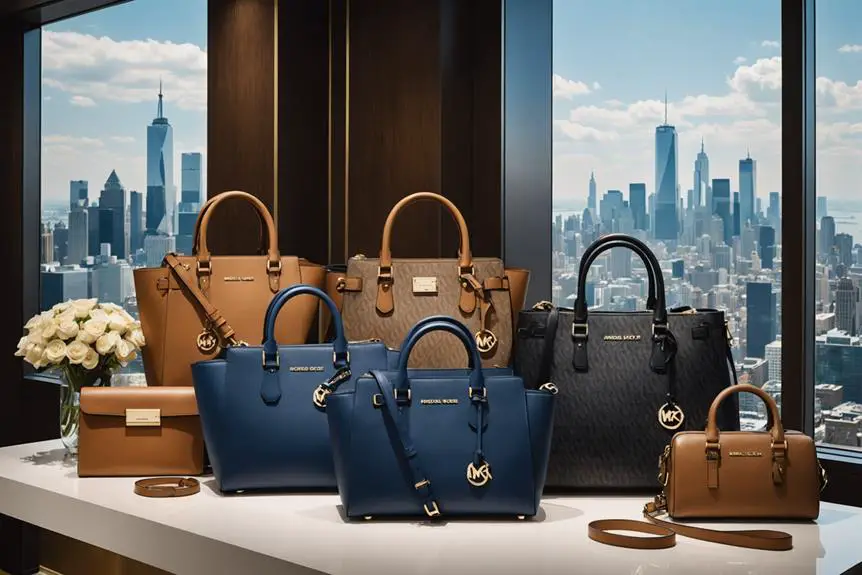
Since its establishment in 1981, Michael Kors has carved out a significant niche in the luxury fashion landscape, blending opulence with accessibility. The brand effectively targets a global audience with its jet set glamour, making luxury more reachable. By operating under two distinct labels—Michael Kors and Michael Michael Kors—the brand offers a diverse collection that includes womenswear, menswear, accessories, footwear, watches, and fragrances. This strategic approach allows you to choose from a wide array of fashionable items that suit various lifestyles.
Michael Kors thrives on an accessories-heavy design philosophy, reflecting contemporary life and personal expression for busy individuals. Its ability to adapt to fast-changing trends while maintaining clean lines and a focus on longevity guarantees it remains relevant in a competitive market. The brand's significant market presence is underscored by its impressive revenue figures, which reached $3.88 billion in fiscal year 2023. This financial success not only highlights Michael Kors' prominence in the luxury sector but also cements its status as a leader in accessible luxury fashion, appealing to those who seek stylish yet attainable pieces.
Company Growth and Financial Milestones
Michael Kors' journey has been marked by significant growth and pivotal financial milestones that shaped its trajectory in the luxury fashion industry. After filing for bankruptcy in 1993 due to licensing issues, the company rebounded in 1995, successfully relaunching with new licenses. This marked the beginning of a remarkable resurgence. An investment from LVMH in 1997 helped restructure the brand, expanding its market presence and paving the way for future success.
The company made its stock market debut in 2011, with shares doubling to $51.60, leading to a valuation exceeding $10 billion within the year. By 2015, Michael Kors achieved net sales surpassing $4.5 billion. However, by 2017, the company faced challenges, announcing store closures due to declining brick-and-mortar sales.
That same year, the $1.2 billion acquisition of Jimmy Choo diversified its luxury offerings, reshaping company structure and strategy. These milestones reflect Michael Kors' adaptability in a competitive market, showcasing a history defined by both challenges and triumphs.
| Year | Milestone |
|---|---|
| 1993 | Filed for bankruptcy |
| 1995 | Relaunched with new licenses |
| 2011 | Stock market debut, valuation over $10B |
| 2015 | Net sales exceeded $4.5 billion |
| 2017 | Acquired Jimmy Choo for $1.2 billion |
Strategic Partnerships and Licensing

The brand's strategic partnerships and licensing agreements have been instrumental in shaping Michael Kors' identity and expanding its market reach. Early investments, like the one from LVMH in 1999, restructured the brand, paving the way for its growth. By venturing into licensing agreements, Kors successfully diversified its offerings and tapped into new markets.
Key partnerships have included:
- Estee Lauder (2003): This collaboration marked Kors' first entry into the beauty sector with fragrances, enhancing his brand's allure.
- Fossil (2004): By partnering with Fossil, Kors broadened his accessory range considerably, introducing stylish watches that resonated with consumers.
- Luxottica (2014): This eyewear licensing agreement further diversified the brand's portfolio, showcasing Kors' commitment to expansion.
The brand didn't stop there; the launch of the Michael Kors Access wearable technology line in 2016 illustrated its dedication to innovation. These strategic partnerships and licensing agreements not only expanded Kors' product range—from accessories to jewelry—but also reinforced its position as a dynamic player in the fashion industry.
Celebrity Influence and Recognition
Building on the brand's strategic partnerships and licensing agreements, celebrity influence has played a notable role in shaping Michael Kors' identity and enhancing its recognition within the fashion industry. When First Lady Michelle Obama donned his designs for her official portrait, it marked a pivotal moment that showcased Kors' stature among influential people in high-profile fashion circles. This visibility was amplified by celebrity fans like Aretha Franklin, Nicole Kidman, and Jennifer Lopez, all of whom have worn his creations, further solidifying the brand's presence in luxury fashion.
Kors' role as a judge on "Project Runway" from 2004 to 2012 not only contributed to his celebrity status but also introduced his designs to a broader audience, bridging the gap between high fashion and mainstream appeal. His recognition culminated in receiving the CFDA Lifetime Achievement Award in 2010, acknowledging his considerable impact on American fashion. Additionally, the presence of Kors' designs on the red carpet, worn by stars such as Viola Davis and Kate Hudson, reinforces his reputation as a leading designer, illustrating how celebrity endorsement can notably elevate a brand's status in the competitive fashion landscape.
Philanthropic Initiatives and Developments
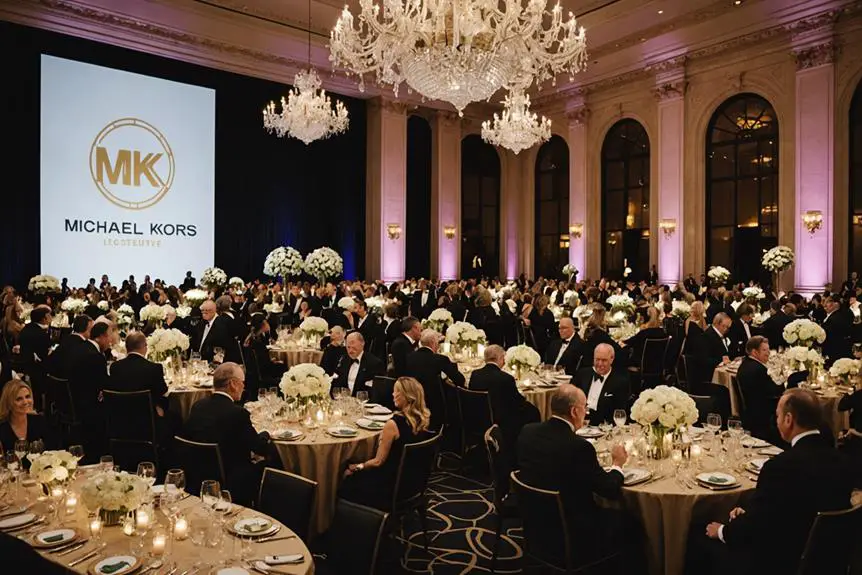
Through a commitment to philanthropy, Michael Kors has established a significant presence in charitable initiatives, particularly in addressing hunger and supporting those in need. His efforts demonstrate a profound understanding of the impact that food insecurity has on communities worldwide.
- Watch Hunger Stop: Launched in 2013 in partnership with the United Nations World Food Programme, this campaign has successfully delivered over 17 million meals to children in need by 2020.
- Global Ambassador Against Hunger: Named by the United Nations in 2015, Kors has further solidified his dedication to combating hunger on a global scale.
- COVID-19 Relief: In 2020, he contributed $2 million to relief efforts, showcasing his commitment to philanthropy during critical times when communities faced unprecedented challenges.
Additionally, Kors has long supported God's Love We Deliver, an organization that provides meals to individuals with serious illnesses, earning him the Golden Heart Lifetime Achievement Award. His multifaceted approach to hunger relief reflects a genuine desire to create lasting change, making him a notable figure in the world of philanthropy.
Personal Background and Early Life
From a young age, Michael Kors exhibited a unique blend of creativity and entrepreneurial spirit that would ultimately shape his illustrious career in fashion. Born Karl Anderson Jr. on August 9, 1959, in Long Island, New York, his upbringing in Merrick was heavily influenced by his mother, Joan Hamburger, a former model. This connection to the fashion world sparked his early interest in designing clothes, leading him to sell creations from his parents' basement under the name "Iron Butterfly."
After graduating from John F. Kennedy High School in 1977, Kors briefly attended the Fashion Institute of Technology, although he left after just nine months. During this time, he adopted the name Michael Kors, a nod to his stepfather, Bill Kors. This rebranding would prove pivotal, as it became synonymous with luxury fashion. His foundational experiences in the industry included working at Lothars boutique, which caught the attention of Dawn Mello from Bergdorf Goodman, setting the stage for his future success. These formative years laid the groundwork for Kors's understanding of fashion's intricacies and the business acumen needed to excel in this competitive landscape.
Career Development and Achievements
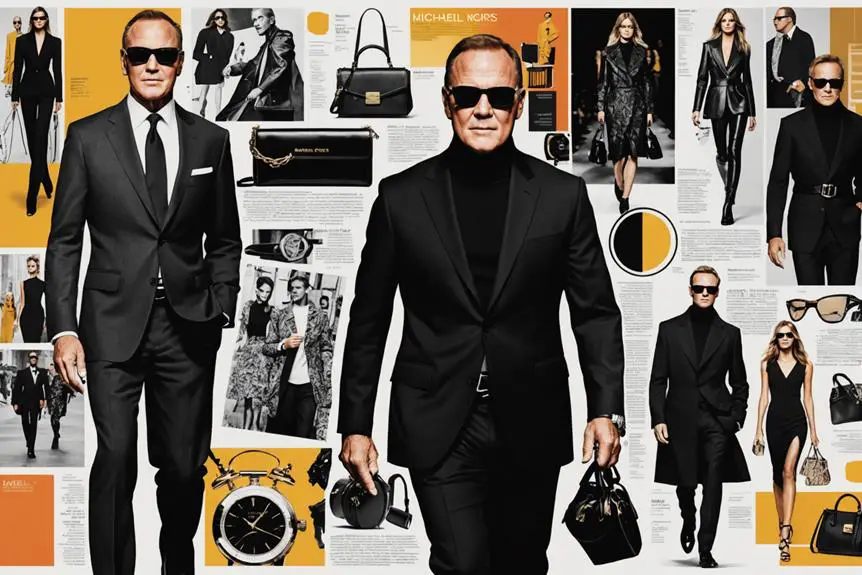
In 1981, Michael Kors launched his womenswear label, marking a pivotal moment that would set the tone for his future successes in the fashion industry. His first customer, Bergdorf Goodman, recognized his talent early on, propelling him into the spotlight. Kors expanded his fashion career by serving as the first womenswear designer for Celine from 1997 to 2003, where he played an essential role in restoring the brand's prestige.
The launch of his menswear line in 2002 showcased his versatility and broadened his appeal within global fashion. However, it was his role as a judge on "Project Runway" from 2004 to 2012 that truly elevated his profile, allowing him to connect with a wider audience.
Kors' achievements include:
- Winning the CFDA Womenswear Designer of the Year award in 1999, highlighting his contributions to American designers.
- Receiving the CFDA Lifetime Achievement Award in 2010, a reflection of his lasting impact on the fashion industry.
- Establishing Michael Kors as a household name, synonymous with luxury and modernity.
These milestones solidified his status as a leading figure in the fashion world.
Legal Issues and Brand Protection
As Michael Kors solidified his status as a prominent figure in the fashion industry, the challenges of brand protection became increasingly apparent. In January 2009, Kors faced a trademark infringement lawsuit from the estate of Tony Duquette, underscoring the complexities of safeguarding his brand's integrity. This legal challenge highlighted the ongoing need for vigilance within the competitive luxury market.
In July 2013, Kors took a firm stand by suing Costco for falsely claiming to sell Kors products. This action emphasized Kors' commitment to maintaining authenticity and protecting his trademark, fundamental elements for ensuring consumer trust. The luxury market is fraught with potential threats to brand reputation, making legal battles a frequent reality for established brands like Michael Kors.
These disputes illustrate the broader complexities of brand protection in fashion, where the preservation of a brand's integrity is essential. Kors' willingness to engage in legal challenges reflects a proactive approach to defending his trademark and designs. Ultimately, maneuvering through these legal waters is crucial for maintaining a strong reputation and ensuring that consumers continue to associate the Michael Kors name with quality and luxury.
Frequently Asked Questions
What Is Michael Kors Brief History?
Michael Kors launched his womenswear label in 1981, quickly gaining recognition. By 1997, he elevated Celine's prestige as its first womenswear designer. His brand went public in 2011, expanding greatly through strategic acquisitions, including Jimmy Choo and Versace.
What Is Michael Kors Most Famous For?
You'll find Michael Kors is most famous for his luxury handbags and accessories that epitomize a jet set lifestyle. His designs blend sporty elegance with timeless appeal, enchanting a diverse audience seeking accessible luxury.
How Did Michael Kors Get Rich?
You'll see Michael Kors got rich through strategic branding, lucrative partnerships, and expanding his product line. His savvy acquisitions, like Jimmy Choo, and visibility from "Project Runway" propelled his financial success in luxury fashion.
Who Is Michael Kors Owned By?
Michael Kors is owned by Capri Holdings Limited, a luxury fashion group that also includes Versace and Jimmy Choo. This ownership structure emphasizes a diversified portfolio, enhancing the brand's presence in the global fashion market.
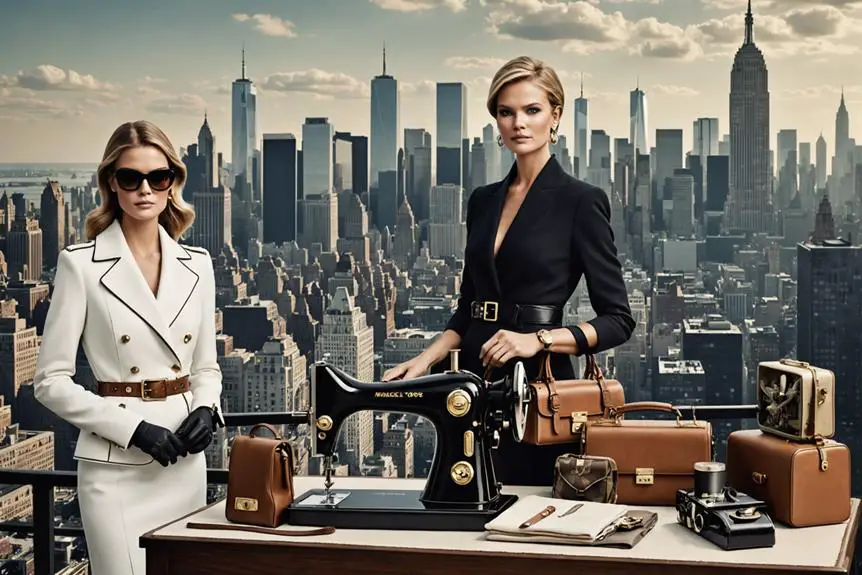

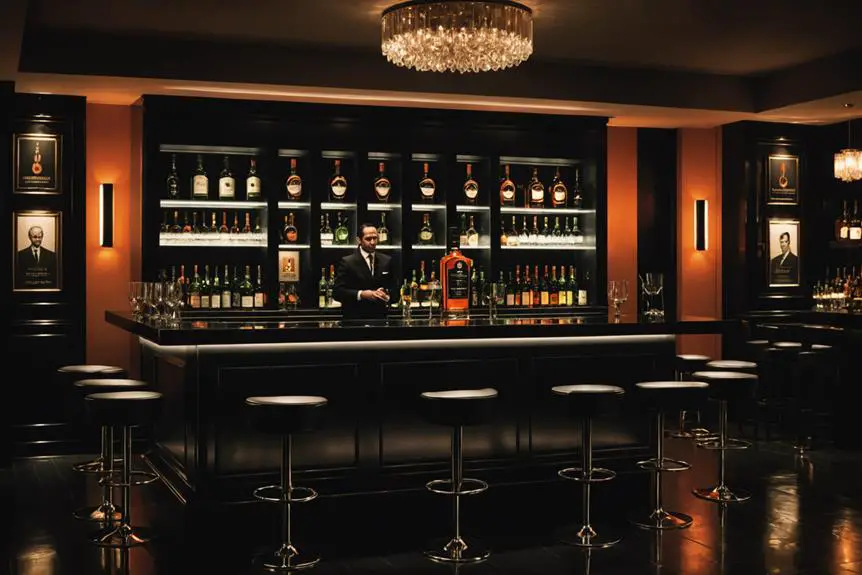
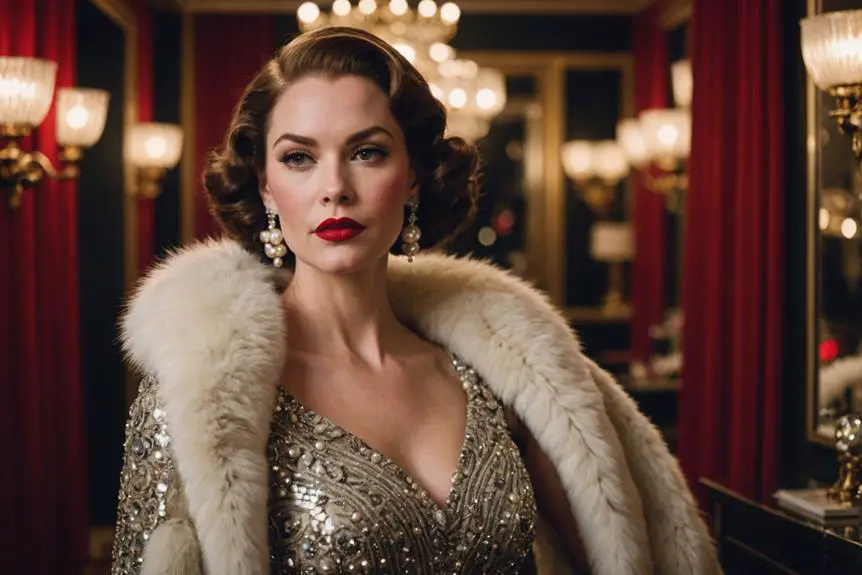

This is such a wonderful resource for anyone looking to develop their personal
dressing. The tips are practical and easy to use. I especially
enjoyed [mention a specific detail if applicable].
Keep up the fantastic work!